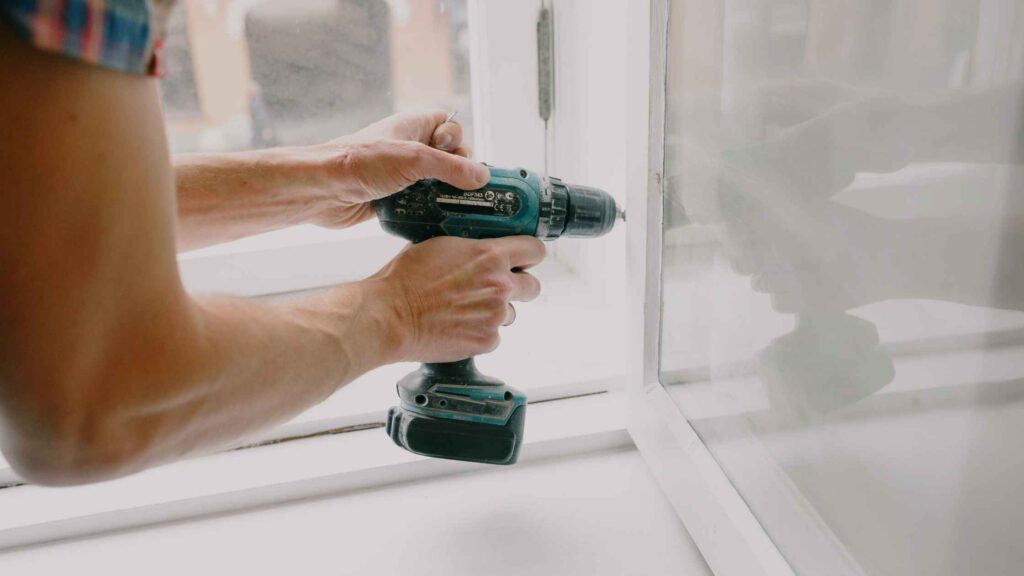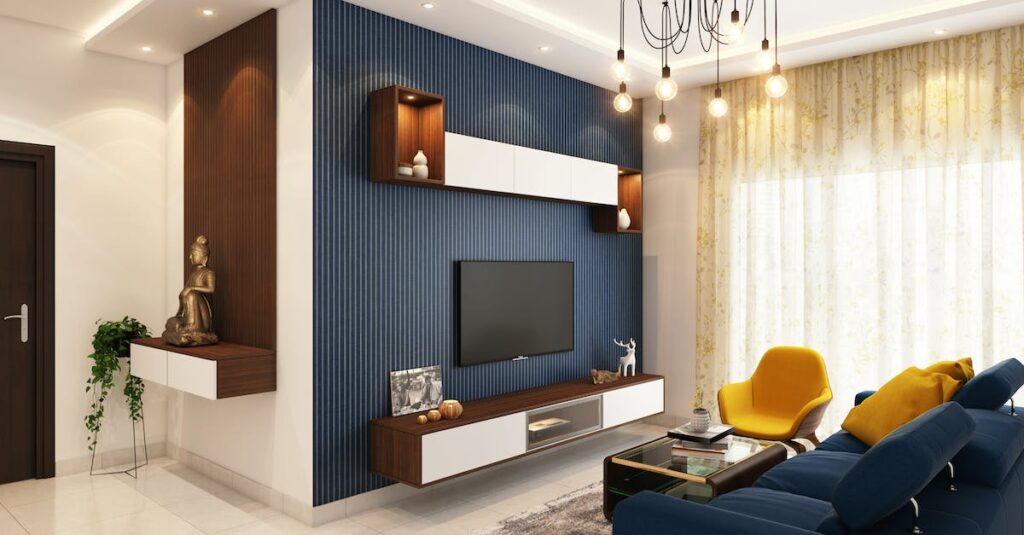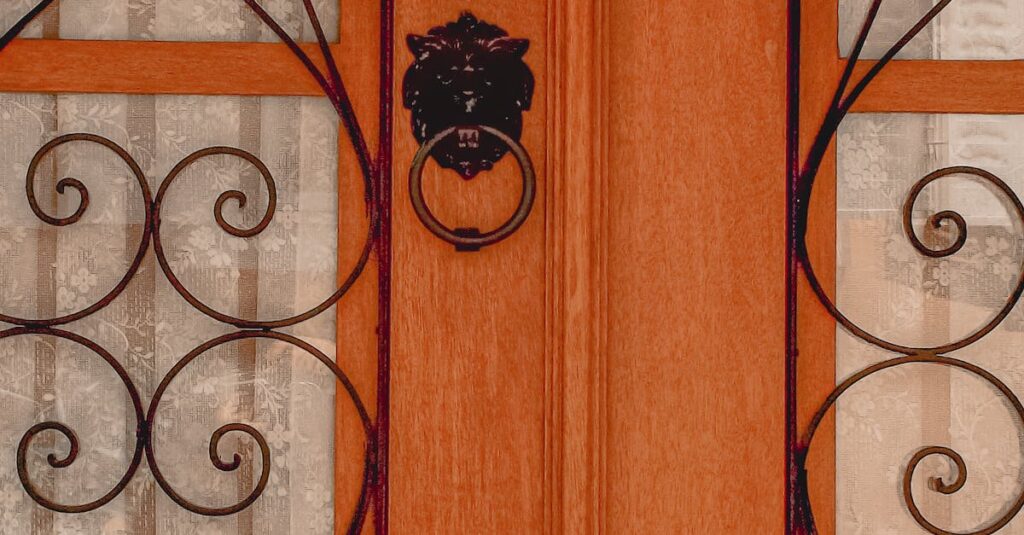Introduction
When it comes to renting a property, tenants often have a desire to personalize their living space. However, it’s crucial to understand the limitations and guidelines associated with rental renovations. In this comprehensive guide, we will explore what you can and cannot modify in your rental unit, providing valuable insights for tenants seeking to make their space feel like home.
Understanding Lease Agreements
Before diving into the world of renovations, it’s imperative to thoroughly review your lease agreement. Lease agreements serve as the legal framework governing your tenancy, outlining the terms and conditions set by the landlord or property management. Be sure to pay close attention to any clauses related to alterations or modifications.
**1. Permission Matters
Many lease agreements stipulate that any modifications or renovations must have explicit written permission from the landlord. Before picking up a paintbrush or hammer, consult with your landlord to ensure that your desired changes align with the terms of the lease. This step can save you from potential disputes and ensure a smooth relationship with your landlord.
Modifiable Elements: What You Can Change
While many aspects of a rental unit may be subject to restrictions, several elements typically allow for customization. Understanding what you can modify empowers you to create a more personalized living space without violating your lease agreement.
**2. Interior Painting
One of the simplest and most effective ways to transform the look and feel of your rental unit is through painting. Most landlords are open to allowing tenants to paint walls, provided they return the walls to their original color upon moving out. Opting for neutral tones is often a safe choice, pleasing both tenants and landlords.
**3. Light Fixtures
Swapping out light fixtures is another modification that is usually well-received by landlords. This simple change can dramatically alter the ambiance of a room. However, it’s essential to keep the original fixtures and reinstall them when moving out to avoid any conflicts.
**4. Window Treatments
Customizing window treatments is a great way to enhance privacy and control natural light. Many landlords permit tenants to install curtains, blinds, or shades, as these modifications are easily reversible and generally don’t cause any structural damage.
**5. Furniture Arrangement
Though not a permanent modification, rearranging furniture is an excellent way to personalize your living space. It’s a versatile and temporary option that allows you to experiment with different layouts until you find one that suits your preferences.
Non-Modifiable Elements: What You Can’t Change
While some modifications are within the realm of possibility, certain elements are typically off-limits to tenants. Understanding these restrictions prevents unnecessary conflicts with landlords and ensures compliance with lease agreements.
**6. Structural Changes
Making structural changes to a rental unit, such as removing walls or altering the floorplan, is generally prohibited. These modifications can significantly impact the property’s integrity and are typically only permitted with explicit written consent from the landlord.
**7. Permanent Fixtures
Permanent fixtures, such as built-in cabinets, countertops, and appliances, are considered part of the property. Tenants are typically not allowed to make significant alterations to these fixtures. Any changes to such elements may result in a breach of the lease agreement.
**8. Plumbing and Electrical Systems
Modifying plumbing or electrical systems is a serious undertaking that requires professional expertise. In most cases, tenants are not permitted to make changes to these essential systems due to the potential for damage and safety hazards.
**9. Exterior Modifications
Alterations to the exterior of a rental property are generally not allowed without explicit consent from the landlord. This includes changes to the landscaping, external paint color, and the installation of permanent structures such as fences or sheds.
Navigating Renovations Responsibly
For tenants who are eager to make their rental unit feel more like home, it’s essential to approach renovations with responsibility and consideration. By adhering to the following guidelines, you can enhance your living space without compromising your lease agreement.
**10. Temporary Solutions
Opt for temporary solutions whenever possible. Removable wallpaper, adhesive hooks, and other non-permanent fixtures allow you to personalize your space without causing lasting damage. These options are ideal for tenants seeking to strike a balance between personalization and compliance.
**11. Document Changes
Before making any modifications, document the existing condition of the rental unit. Take photographs and notes, and share these with your landlord. This documentation can serve as evidence of the property’s original state, providing clarity in the event of a dispute.
**12. Professional Assistance
For modifications that require technical expertise, such as electrical or plumbing work, seek professional assistance. Attempting to make such changes without the necessary skills can lead to safety hazards and potential legal consequences.
**13. Communication with Landlord
Maintaining open communication with your landlord is key. Discuss your renovation ideas, obtain written permission if necessary, and keep your landlord informed of the progress. This collaborative approach fosters a positive tenant-landlord relationship.
Summary
In summary, rental renovations present both opportunities and challenges for tenants. By understanding the parameters set by lease agreements and local regulations, tenants can navigate the process responsibly. Whether it’s a fresh coat of paint, new light fixtures, or rearranging furniture, there are numerous ways to personalize a rental unit within the confines of the lease agreement.
FAQs
Q1: Can I paint my rental unit without asking for permission?
No, it’s essential to seek written permission from your landlord before painting the walls. Most landlords are open to this modification as long as you agree to return the walls to their original color upon moving out.
Q2: Can I install new light fixtures in my rental unit?
Yes, swapping out light fixtures is generally allowed. However, it’s crucial to retain the original fixtures and reinstall them when moving out to avoid any conflicts with your landlord.
Q3: Am I allowed to rearrange the furniture in my rental unit?
Yes, rearranging furniture is a flexible and temporary way to personalize your living space. It’s a modification that doesn’t typically require explicit permission from the landlord.
Q4: Can I make structural changes to my rental unit, such as removing walls?
No, making structural changes without written consent from the landlord is usually prohibited. These modifications can impact the property’s integrity and are considered a breach of the lease agreement.
Q5: Are there any exterior modifications I can make without permission?
Generally, alterations to the exterior, including landscaping changes and the installation of permanent structures, require explicit consent from the landlord. It’s essential to communicate and obtain written permission for such modifications.







